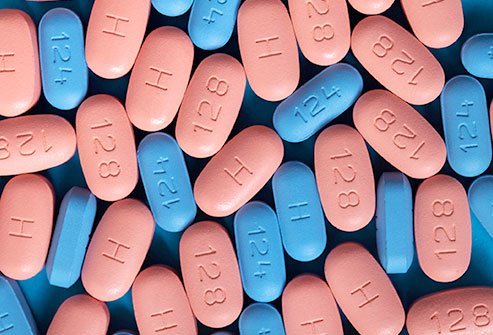HIV Treatment

Since the 1980s AIDS epidemic, antiretroviral therapy (ART) has helped HIV-positive people live longer, healthier lives. HIV is a virus that develops into AIDS, acquired immunodeficiency syndrome, which is life threatening and fatal. With proper care, HIV is treatable in under six months.
The HIV in blood is called a viral load. A viral load can be transmitted through unclean needles, unprotected vaginal, anal, or oral sex, or from a parent’s breast milk to a baby.
Once it’s been treated it becomes an undetectable viral load.
The virus attacks infection-fighting CD4 cells of your immune system, usually destroying them. This weakens your immune system and leaves you vulnerable. While it can’t be cured, it can be treated with ART. Usually within 6 months of treatment, the amount of HIV in your blood can drop quickly, making it undetectable and untransmitable.
If a pregnant person with HIV takes HIV treatment throughout pregnancy, labor, and delivery, and gives HIV medicine to their baby between 4-6 weeks, the risk of transmitting HIV to the child is less than 1%, according to the Center for Disease Control and Prevention.
However, the current recommendation in the US is for HIV-positive parents not to breastfeed their baby since the risk of transmission is still there.
An undetectable viral load cannot be transmitted to an HIV-negative partner through sex. The CDC doesn’t know how HIV treatment affects transmission through needles.
ART is recommended for anyone who’s HIV-positive, regardless of how long they’ve had it. However, delaying treatment increases the risk of developing AIDS.
Treating HIV lowers the risk of transmission and helps HIV-positive people live longer, healthier lives. It’s crucial to talk to your health care provider as soon as you’re diagnosed.
ART prevents HIV from multiplying, giving your immune system time to recover and make more CD4 cells.
ART is typically prescribed as pills that need to be taken regularly, usually for years or a lifetime. Missing a dose gives HIV the opportunity to mutate and become resistant to that specific treatment. Medication is grouped into seven classes, but they all aim to achieve the same thing.
Your donation will support the student journalists of Pasco High School and keep the Wasco up and running. Your contribution will allow us to cover our annual website hosting costs.

My name is Jacky, I use any pronouns, and I'm a senior at Pasco High. In my free time I like to read books, watch shows, and try new things. I like being...





